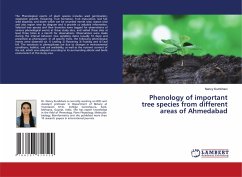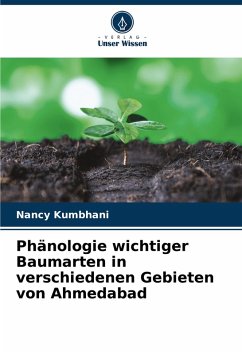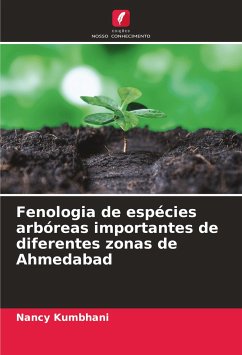
Phytoplankton: Population Dynamics in Fresh Water Lakes of Ahmedabad
Monitoring Lakes
Versandkostenfrei!
Versandfertig in 6-10 Tagen
45,99 €
inkl. MwSt.

PAYBACK Punkte
23 °P sammeln!
Phytoplankton (microscopic algae) usually occurs as unicellular, colonial or filamentous forms and is mostly photosynthetic and is grazed upon by the zooplankton and other organisms occurring in the same environment. The phytoplanktons stand at the baseline of food webs in aquatic environments and are very sensitive to changes in the environmental conditions. Plankton, particularly phytoplankton, has long been used as indicators of water quality. They flourish both in highly eutrophic waters while a few others are very sensitive to organic and/or chemical wastes. Some species have also been as...
Phytoplankton (microscopic algae) usually occurs as unicellular, colonial or filamentous forms and is mostly photosynthetic and is grazed upon by the zooplankton and other organisms occurring in the same environment. The phytoplanktons stand at the baseline of food webs in aquatic environments and are very sensitive to changes in the environmental conditions. Plankton, particularly phytoplankton, has long been used as indicators of water quality. They flourish both in highly eutrophic waters while a few others are very sensitive to organic and/or chemical wastes. Some species have also been associated with noxious blooms sometimes creating offensive tastes and odours or toxic conditions. Because of their short life cycles planktons respond quickly to environmental changes, and hence the standing crop and species composition indicate the quality of the water mass in which they are found.












